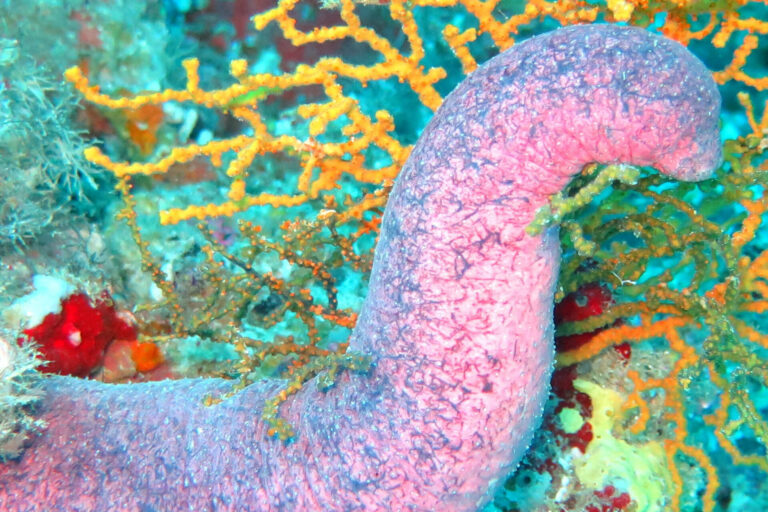GENETICS: ECHINODERMS
SEA CUCUMBERS
Nowland S. J., Jerry D. R., Southgate P. C. (2015): A non‐destructive tissue sampling technique for holothurians to facilitate extraction of DNA for genetic analysis. Invertebrate Biology 134: 252-259.
FULL TEXT
Abstract
Increasing demand and overfishing of high-value species has promoted interest in both conservation and aquaculture initiatives supporting stock restoration programs for tropical sea cucumbers. Accordingly, there is a need for baseline information on the genetic structures and relatedness of sea cucumber populations to support sustainable implementation of mariculture and conservation programs, which often involve coastal communities in developing countries. Identification of a non-destructive tissue sampling technique for sea cucumbers that allows extraction of high-quality genomic DNA in a sustainable and culturally appropriate way is thus required. Six sampling techniques were assessed for their suitability to collect tissue for DNA extraction from sandfish (Holothuria scabra): core needle biopsy, punch biopsy, shave biopsy, buccal swab, anal swab, and evisceration. The quantity, quality, and purity of extracted DNA were compared to assess the relative merit of each sampling method. The swab biopsy method produced the best quality DNA agarose band image, and evisceration resulted in the highest yields of DNA, at an average of 525.9 (±98.0) μg g−1. However, when considering all criteria assessed, the swab biopsy methods (both buccal and anal) proved superior. Swabbing not only produced the best quality DNA agarose band image, it was also the only technique that produced DNA that amplified 100% of the time across both extraction protocols. We hope that the non-destructive sampling techniques evaluated in this study provide a foundation for the genetic analysis of sea cucumber stocks to support their conservation and management.
Zixuan E., Cheng C., Wu F., Ren C., Chen R., Rao Y., Ma B., Jiang X., Luo P., Li X., Zhang X., Jiang F., Hu C., Chen T. (2023): Nondestructive and rapid method for sex identification of the tropical sea cucumber Holothuria scabra by anal swab sampling. Aquaculture 562: 738749.
FULL TEXT
Abstract
As one of the most economically significant sea cucumber species, Holothuria scabra are naturally distributed in the Indo-West Pacific region and are widely cultural in Southeast Asia. The appearances of female and male H. scabra have no obvious phenotypic dimorphism. Thus, identification of sex-specific markers and establishment of sex detection methods are beneficial to artificially induced reproduction and genetic breeding in this species. In this study, a total of 26 male-specific and 9 female-specific sequences were obtained by genomic sequencing with 3 male and 3 female independent samples and a female mixed pool with 10 individuals of H. scabra. After PCR confirmation, two primer pairs (HSM24 and HSM25) for male-specific sequences were found to be true positive for all male individuals. Based on a male-specific marker (GenBank: OP218794), primers were designed for PCR, and loop-mediated isothermal amplification (LAMP) methods were further tested on another 30 sex-unknown individuals with DNA samples collected from a nondestructive anal swab method. In this case, the accuracies for PCR and LAMP were approximately 100%. Altogether, this study provided a nondestructive and rapid method for sex identification of H. scabra, which may contribute to the aquaculture of this economic species.


